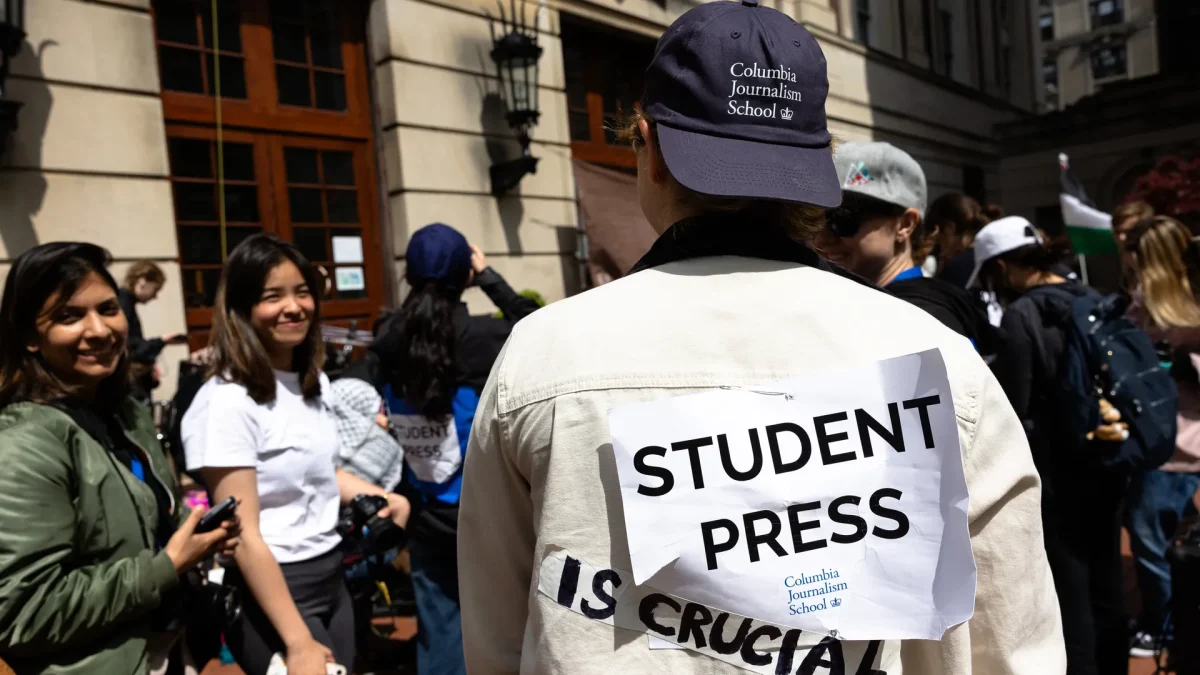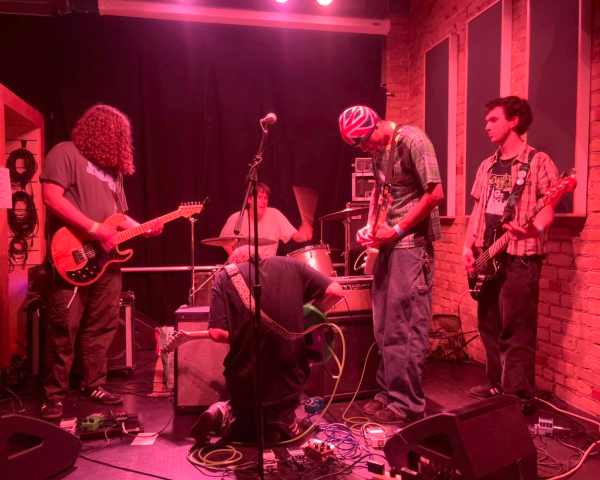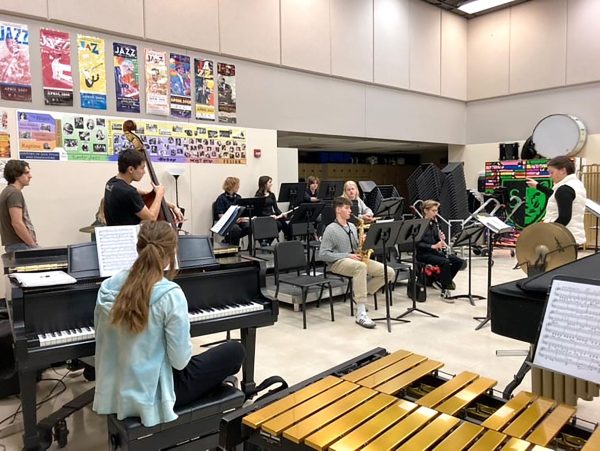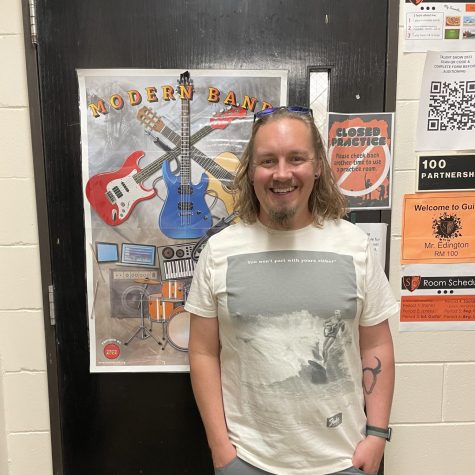Science Museum’s Mayan exhbit informs and educates
November 11, 2013
“The Maya world didn’t end. It transformed.” The video you watch before entering the exhibit makes this point clear. And it’s entirely correct. Contrary to popular belief, the Maya people have not disappeared, but changed since the collapse of their empire.
This is one of the points the Science Museum of Minnesota’s Maya: Hidden Worlds Revealed tries to convey. The extensive exhibition “is designed to give visitors a glimpse at a cross-section of Maya life,” said a May 28th press release.
Discussing everything from social order to astronomy, the Science Museum has obviously made something great. But like most great things, it has its faults as well.
The Maya, over many centuries, created a sprawling civilization in Central America thousands of years ago. Possibly most well known for their gigantic pyramids and ritual sacrifices, the Maya were also accomplished astronomers, architects and weavers. While many believe that they disappeared a long time ago, millions of Mayans live today, preserving the ancient culture.
“There’s a high level of recognition [for the Maya],” said Ed Fleming, curator of archaeology at the museum. But there aren’t a lot of people who are able to clearly differentiate between the Maya, Aztec and Inca peoples, he added. Maya intends to give visitors an appreciation for the Maya culture in both the past and present.
After a short film, groups of 20 people or so are permitted to browse the displays in the exhibit at their leisure. Upon entering the first section, which focuses on the discovery and exploration of Maya historical sites, one is greeted by a large bilingual sign. Every sign or description in the exhibit is presented in both English and Spanish.
The museum wanted everything “clean, crisp, and very easy to read,” according to Fleming. But at the same time, they “don’t talk down to people.”
As one continues throughout the exhibit, many interactive pieces are presented along with normal displays. One goal in creating the exhibition was to “infuse exhibits with lots of hands-on activities,” said Fleming. “If it’s fun for little kids, it’s fun for grown-ups, too,” he added.
Museum patrons of all ages are invited to try out the hands-on displays. “There were all these little interactive computers, you could build patterns with blocks, and it was just very hands-on,” recalled freshman Adia Froehle-Baker, who visited the exhibit over MEA weekend. Engaging activities like these are a great way to help people learn.
In addition to hands-on parts, the museum provides a wealth of other displays. These included simple artifacts with bilingual description cards and short video clips of varying quality and interest. But the most spectacular was the life-size recreation of a frieze (a large painted wall decoration) located in Mexico.
Upon leaving the exhibit, museum patrons find themselves in front of a table with two people sitting behind a sign saying “Ask a Mayan.” This scene seemed reminiscent of a museum in Pipestone, MN where local Native Americans sit and carve pipes (a ‘cultural demonstration’) while patrons gawk, as if they were visiting a zoo.
In both cases such people are meant as an option for a cultural exchange. But are the Mayans just another part of the display? The Science Museum should find better ways for sharing other cultures, rather than treating them like artifacts.
To pair with the exhibit, a 45 minute Omnitheater documentary titled Mystery of the Maya is available. Along with a short history of the Maya, it goes deeper into the discoveries of and missions to ancient Maya cities or temples. It also explored the effect of the Spanish Inquisition on the Maya people, something the exhibit didn’t go into depth about at all.
However in the film European colonists were portrayed with a conflicting voice, at times shown burning Maya writings (probably one of their less destructive deeds) and at others discovering new cities while carried on the shoulders of indigenous guides. Were the Europeans overall helpful or harmful? The film should’ve made this more clear.
However, the Omnitheater’s massive screen provided for some amazing scenes as well. “I loved the Omnitheater movie… [it] was cool with the planes, and the giant pyramids coming at you,” said Froehle-Baker.
If you want to visit the Maya exhibit, take note: the Science Museum is expensive. Tickets are $27 with the Omnitheater show. However, an admission discount is available to students on Friday evenings after 5:00.
The building is also located in downtown St. Paul, which means transportation problems for many students. “If it was closer it’d be a lot easier to go,” said junior Seamus Hawley, who visits the museum semi-frequently.
Altogether the exhibit makes a very detailed presentation about Maya culture that spans all aspects of life, though it does have its problems. I recommend visiting Maya and seeing the Omnitheater movie, if you can afford to. The exhibit is at the Science Museum through January 5th.













